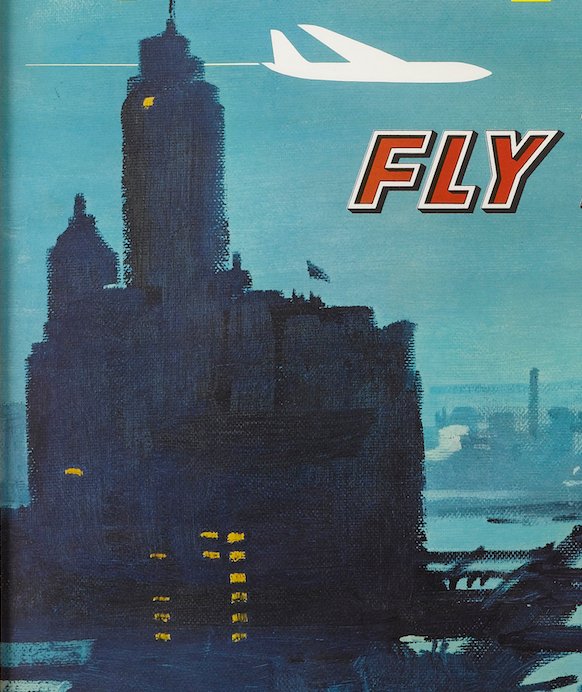The California Gold Rush
We Struck Gold!
The California Gold Rush (1848-1855) began on January 24, 1848 when a small gold nugget was uncovered in the earth of Sutter’s Mill. James W. Marshall was the first person documented as having discovered gold in the town of Coloma, and word quickly spread internationally. Over 300,000 people across the world traveled to California in the seven years of the Gold Rush. These travelers, from America as well as other places such as China, Australia, and Latin American countries, went to California with the hopes to ‘get rich quick.’ This feat proved difficult, however, as thousands of miners left empty handed, or didn’t even survive the journey to begin with. Even so, for a lucky few the benefits were astounding. Even small little nuggets of gold were sold for the equivalency of thousands of U.S. dollars, which would provide the promise of a true ‘American-dream’ life if successful.
Gold was first found in Sutter’s Mill, which is located inland near the Sierra Nevada mountain range. The Sierra Nevada mountain range, or the Snowy mountains, proved to be rich in gold, thus encouraging miners to journey west.
The Forty-niners
As the Gold Rush gained attention in the news, people began flooding the small towns surrounding the Sierra Nevada mountains. 1849 was the busiest and most successful year of the Gold Rush, which produced a huge influx of people from foreign countries and across America. Miners inherited the nickname ‘forty-niners’ for their timely appearance in California. At first, the flow of people into the state of California was beneficial; San Francisco grew from a small settlement to a boomtown in a matter of a few years. Roads were built, churches were established, and California became extremely diverse.
The incredible influx of citizens to California even encouraged statehood; on September 9th, 1850, California became the thirty-first state to be adopted into the union. The 31-star flag was created and flown for the following Fourth of July holiday, and California’s large population was inducted as an official state in the United States of America.
Shown below is a 31-star flag, circa 1851, which celebrated California statehood. The Gold Rush surely sped the process of statehood along for California, as Congress ignored the lengthy territorial processing stage usually involved in declaring a territory a state. Instead, California was granted immediate statehood due to the wealth and prosperity produced by the Gold Rush.
31-Star Great Star Printed American Flag,
When California Became a State, Circa 1851
When gold was first discovered, no one considered that the state would boom in such a way as it did. Those who arrived earlier in the years of the Gold Rush began to stake claims on portions of the rivers they were panning. Gold panning was a tiring act, so many male miners even employed their wives and children. Thus, the California rivers were packed with thousands of men, women, and children from all walks of life. In an attempt to regulate the Gold Rush, the new California State Legislature passed a foreign miners’ tax on all visiting miners to California. This only brought tension, however, and encouraged competition.
One individual who benefited from the Gold Rush was Levi Strauss. Levi, a German immigrant to the United States, sought out the traction of the newly established San Francisco. He would go on to create the first pair of blue jeans to hit the market, which began the acclaimed Levi Strauss & Co. wholesale business, known today as Levi’s jeans. The boom of the population of California helped him to get his business off the ground with the audience it needed. Below is a lithograph of San Francisco during 1851, the year of its statehood.
1851 "San Francisco, Upper California"
While the promise of a successful life drove thousands to California, so too accompanied disease, crime, and strife. While the mountains were rich with gold, not all travelers found success in their efforts. Many arrived poor, starving, and desperate for a strike of luck. This encouraged crime, which was usually fed by jealousy or discrimination. Hundreds of Native Americans were endangered by the incoming foreigners, and preexisting Californian towns were taken over. Instead, towns with names like “Hangtown,” “Sucker Flat,” and “Murders Bar” popped up as rundown gathering points for unlucky miners.
After the Gold Rush, many miners attempted to make their way back to their homes and families. However, these journeys were not always simple or easy. Thus, the myriad of cultures that arrived in California stayed around for decades to come, contributing to the diverse population seen today. When the Gold Rush was announced, many scoffed at the idea and wrote it off as some kind of hoax. However, many travelers benefited from this 'miracle' of finding gold in the ground. The boom to the American economy, as well as the establishment of railroads and roads, changed the means of transportation and travel throughout the U.S., thus leaving a lasting impression on the newly advanced west.











